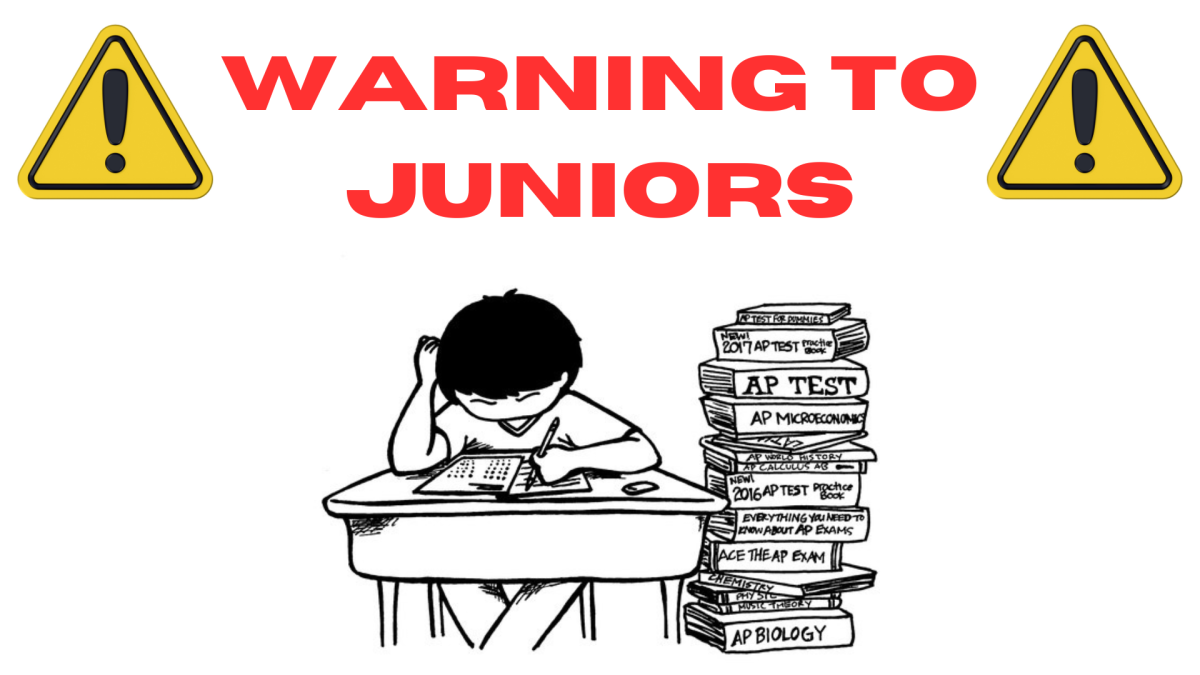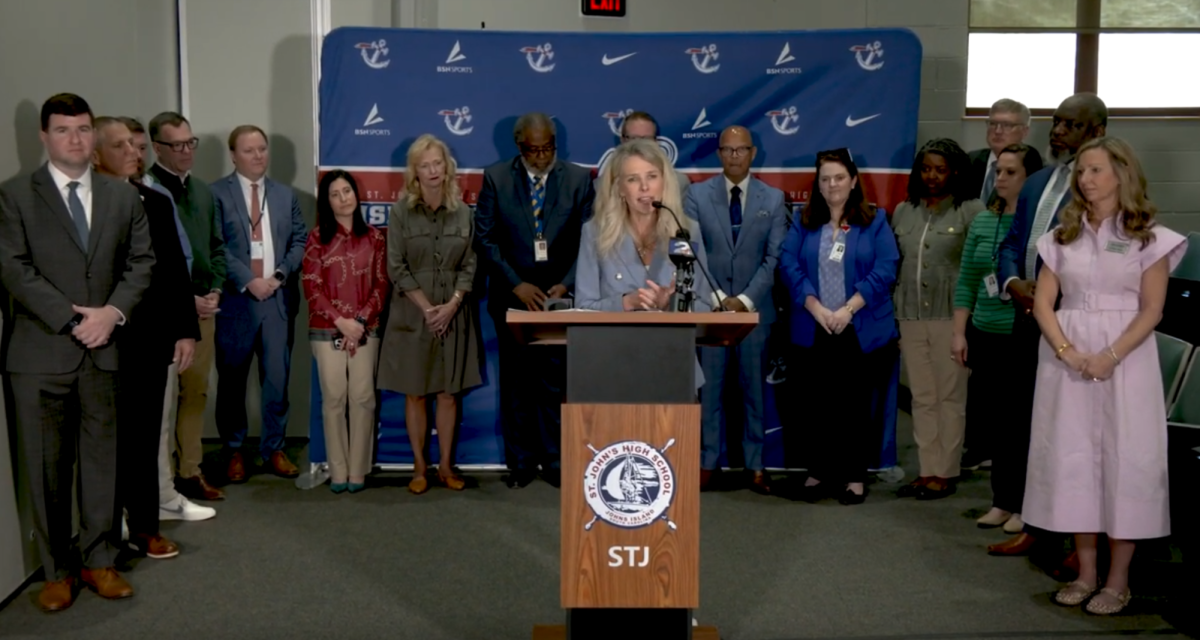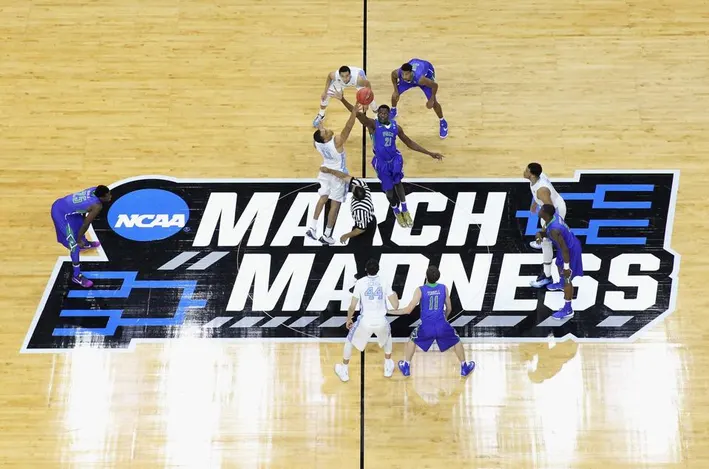South Carolina was once the colony that brought in the largest number of African and West Indian slaves. Up to 40% of all American enslaved persons disembarked their vessels here at Gadsden’s Wharf. In the heart of Charleston, on the site of this somber reminder of a time past, the International African American Museum (IAAM) now stands—a testament to resilience, history, and the enduring spirit of community. This past Election Day, November 7, the AMHS faculty and staff had the privilege of visiting it.
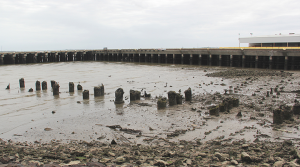
The IAAM, a project two decades in the making, officially opened its doors on June 27. Its location offers a unique and reflective setting for an exploration of African-American history. The museum began construction in January 2020, and its long-awaited grand opening marked an important milestone in preserving the African-American experience.
About fifty administrators and teachers from Academic Magnet and the School of the Arts embarked on this transformative journey last month. Speaking to Ms. Gerideau-Grant, I learned just how powerful it was to be at the museum. Its enormous size made it impossible for the group to take in the IAAM’s vast wealth of knowledge during their short, two-hour visit. However, Ms. Gerideau-Grant was still happy to see one of her friends featured in the Gullah-Geechee section of the museum (they worked together before Ms. Gerideau-Grant joined the AMHS community this year).
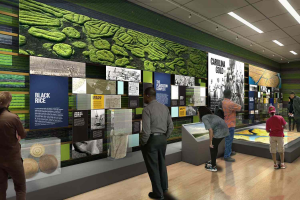
This excursion was made possible through generous grant funding and the dedicated efforts of Ms. Gerideau-Grant and Dr. Felice Knight, an alumna of AMHS (Class of 1998), now a professor of African American Studies at the Citadel. While Dr. Knight was unavailable for comment, her instrumental role in organizing the trip emphasized AMHS’s commitment to enriching our educational experiences.
The administration of Academic Magnet is hopeful that this trip exemplified the community’s dedication to fostering interpersonal and professional development among students and educators, and that it continue visitors’ appreciation for African-American history and culture that will transcend classroom learning.
Despite the overwhelming impact of the museum visit, the group recognized that they had only scratched the surface of the IAAM’s offerings. Although the museum is not currently accepting school groups, and will not be until early next year, the IAAM was enthusiastic about the teachers who had already visited. Hopefully, students from Academic Magnet will be at the top of the museum’s priority list when these school group visits begin.

In the meantime, students of Mr. Williams’ AP African American Studies course have delved into the expansive resources offered by the Avery Research Center and Addlestone Library at the College of Charleston, broadening their understanding of African American research, history, and culture. Twelfth-grade student Tsemaye Erenshey said, “It was very informative and it helped me learn about Black Charleston’s history.”
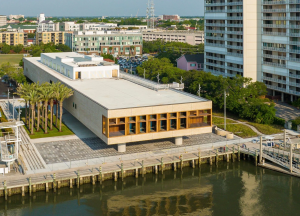
Both The IAAM and College of Charleston excursions uphold Academic Magnet’s commitment to excellence and enriching its students’ learning experiences through firsthand exposure to history and its narratives. The IAAM was and will be profoundly impactful for its visitors, empowering educators and students alike with the understanding of the past and a brighter hope for the future.




